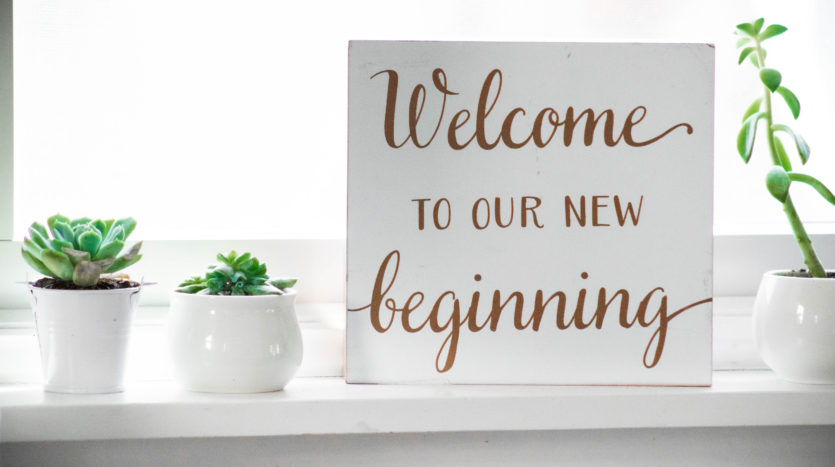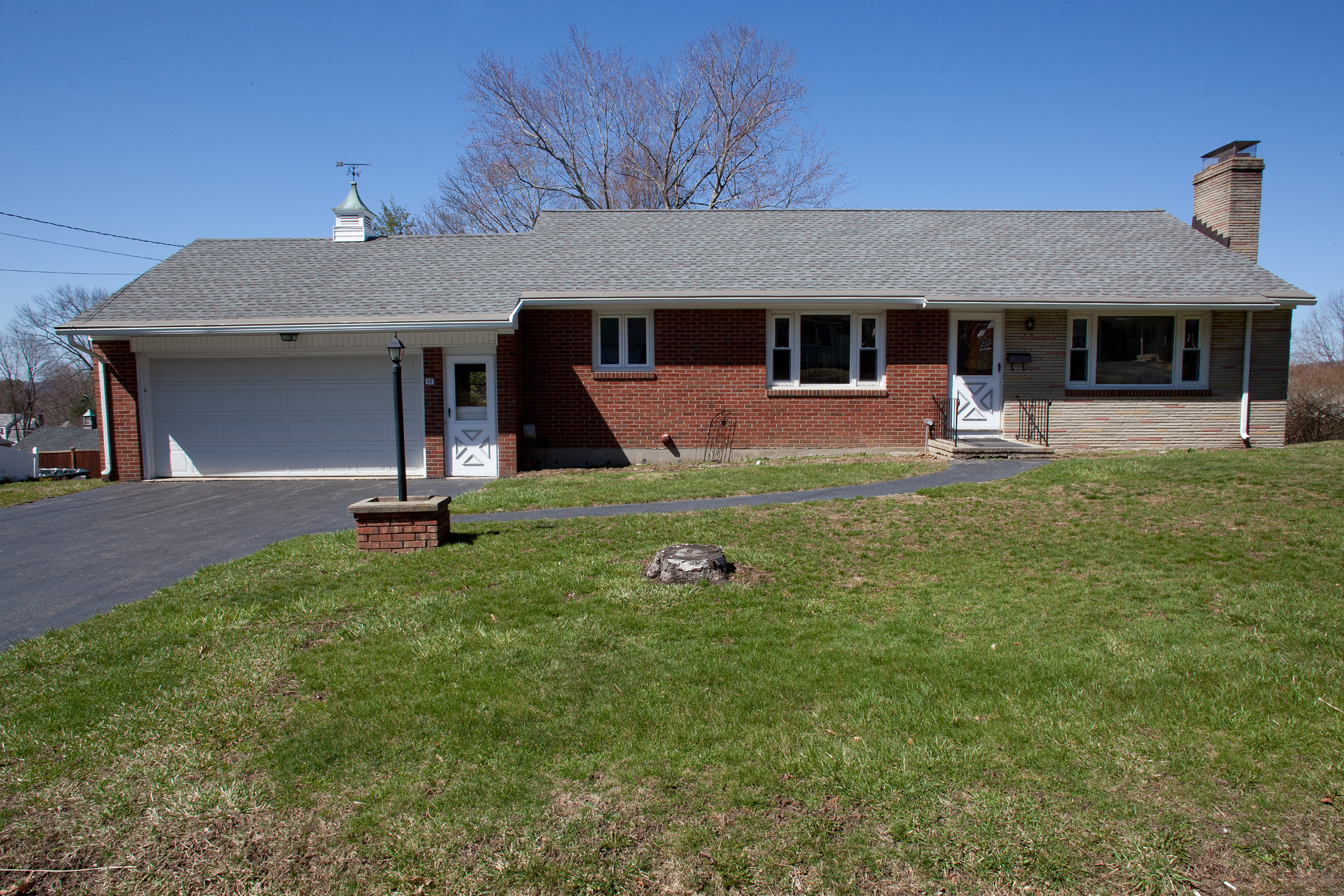Downsizing for retirement may seem daunting; there’s just so much to do and so much stuff to sort through! But if you break it down into steps, you’ll find it’s perfectly manageable.
Here is your five-step guide to downsizing for retirement.
Step 1: Know Your Goals
For some people, downsizing for retirement is all about reducing costs. A smaller home could mean a less expensive mortgage (or even no mortgage at all!) and lower utilities. For others, it’s all about simplifying; reducing the time and energy it takes to maintain a home and removing the extra possessions that are weighing you down. Maybe you want all of the above! Know what’s important to you to get the most out of your downsize.
Step 2: Downsize All the “Stuff”
Downsizing isn’t just about moving to a smaller home. It’s also about getting rid of all the extra furniture and household items that won’t fit in your new downsized home. And this process can take time. It’s generally best to start early so you can minimize the clutter even before you list your house for sale.
Here’s an easy process for handling the stuff:
- Check with your children and perhaps grandchildren to see if there are items they want. You might be surprised by which pieces hold special meaning for them.
- Trash the items that are not in good enough shape to be donated.
- Offer special pieces you no longer need to extended family and friends.
- Hold an estate sale for the remaining items you don’t plan to take with you.
- Donate anything left over from the estate sale to a charitable organization.
Step 3: List Your Current Home for Sale
Whether you decide to list your current home for sale or start looking for your new home first is up to you. But most downsizers find it better to list their current home for sale first. This is primarily because of finances. If you were to buy your next home before selling your current home, you’d be stuck with the expenses of both properties. This is especially problematic if you have a mortgage and will need to finance the new house as well. Uncertainty is another good reason to list before you buy. Most downsizers are sure they’ll be able to find a new home they love; they’re less sure about finding buyers for their existing home.
Market conditions also play a factor. If you’re not sure whether you should list first or buy first, contact me. We can look at the market conditions and your unique situation together to figure out when you should list your home.
Step 4: Start the Search for Your New Home
Your new home plays an important part in downsizing for retirement. Your home is where most of your retired life happens! So of course you want to find a place that ticks as many of your boxes as possible. And the cost of your new home will affect your budget throughout retirement, so it’s important to have a solid understanding of your new housing expenses. Even if you won’t have a mortgage, you’ll need to be aware of taxes, expenses, and maintenance. This is particularly important if choosing a care option like assisted living.
Step 5: Get Moving!
Another great thing about downsizing your belongings is that there’s less to pack and move. You’ve already done the hard work of finding your new home, selling the old one, and minimizing your belongings, so now you can enjoy the simplified move.
When you’re ready to start downsizing for retirement, contact me. As the local downsizing specialist, my goal is to sell your current home quickly and for top dollar while simultaneously negotiating the best deal on your new home.
In the meantime, please take a look at my free guide to downsizing.







